Network Rail’s preferred option will cost £1.2bn but King’s Cross architect says alternative will be around £600m
John McAslan & Partners has unveiled a rival plan for the redevelopment of Liverpool Street station as an alternative to the two schemes already in the planning system.
The architect behind the extension at King’s Cross station said its proposals, drawn up with 2012 Olympic Velodrome engineers Expedition, would be around half of the cost of Network Rail’s £1.2bn Acme-designed scheme for the site.
The scheme would also be significantly cheaper to build than the Herzog & de Meuron-designed vision for the grade II-listed site which Network Rail had been working up with development partner Sellar before the scheme was scrapped last year.
McAslan’s proposals would see the construction of nine storeys of office space above the station’s 19th century train shed, with the new space occupying a lightweight arched CLT structure inspired by SOM’s neighbouring Exchange Square building which is coming to the end of a £200m refurbishment by Multiplex.
The office space would “hang” above the train shed, avoiding the need for internal columns or demolition of the platform roofs. It would also leave the concourse area free of structural supports needed for the 20-storey overstation development proposed by Acme.
The plans have been backed by sustainability and heritage experts including Eden Project founder Tim Smit, who are calling for Network Rail to pause the current planning process while it considers the alternative approach.
Smit, who is advising on McAslan’s landscape and biodiversity strategy, said the alternative scheme “offers an exhilarating reimagining of Edward Wilson’s breathtaking trainshed, a cathedral-like masterpiece; a station that has grown over the years to become the busiest in Britain and one of the busiest in Europe”.
McAslan founder John McAslan said: “At Liverpool Street station we seek to embrace the past, present and future in a way that celebrates transport architecture by retaining and protecting the station’s historic fabric and also future-proofs it – an approach we adopted at King’s Cross.
“Importantly, our emerging ideas for Liverpool Street Station are proportionate in scale to the existing structure and aligned with the level of additional development required to finance the station’s upgrade.
“Our approach is phasable and will ensure Liverpool Street Station remains operational with minimal disruption during its construction period. Thanks to our team’s ecologically led fabric-first design approach which embeds our practice ethos of ‘enoughness’, we do no more than is needed to deliver a successful outcome for the station and its passengers.”
Henrietta Billings, director of SAVE Britain’s Heritage, said: “This fresh and exciting vision is a valuable contribution to the debate about what’s possible at this important site. It shows that there are alternative approaches to upgrading this celebrated public building in more sympathetic and imaginative ways that won’t cause years of disruption to commuters.”
And Catherine Croft, director of the Twentieth Century Society, said: “We are delighted that John McAslan’s concept explores an alternative strategy. It would add a further layer of sensitive adaption to the site, keeping all the significant C20th parts which make a major contribution to the history of the station and avoiding building over the main concourse.
“We hope it will open up the debate about how we fund major infrastructure projects, and how we balance heritage and financial interests. Fresh thinking at this point is very much needed.”
A planning decision on Network Rail’s preferred proposal by Acme has been pushed back by several months. It had been scheduled for a planning committee hearing next month but this may now not take place until the spring.


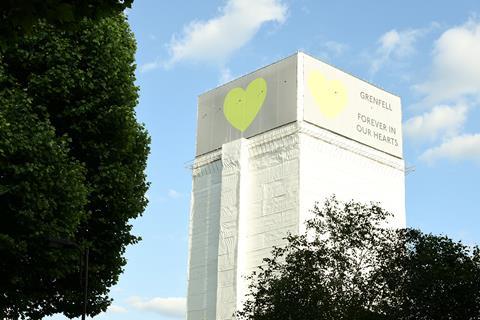
















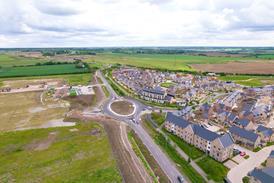
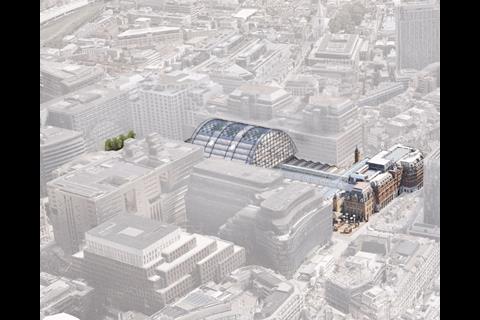
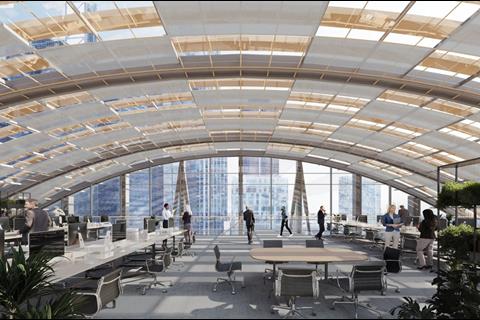


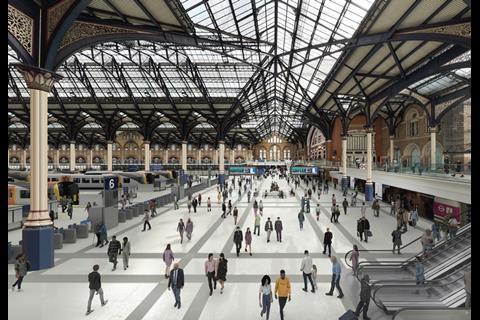
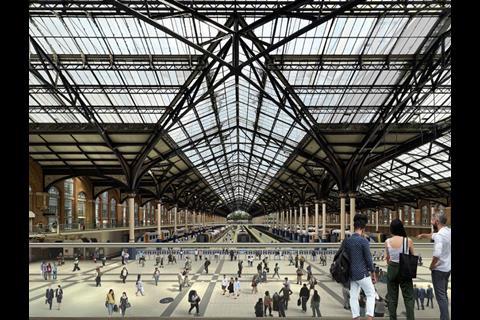







No comments yet